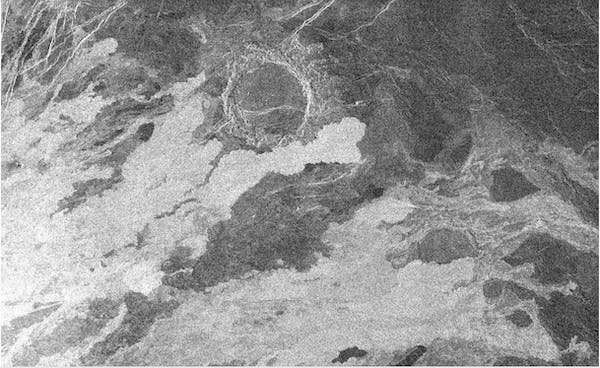This stubborn shrub is helping to keep Arctic river banks intact as permafrost thaws
Plants getting credit for stabilizing banks of big rivers that
were expected to erode
Leon Andrew describes Arctic willow as a nuisance.
People who have cabins near the Mackenzie River in the N.W.T.'s Sahtu region regularly have to clear the shrub away, the elder said. But if you knock it down to the ground, it'll have grown up to your knees again by the following summer.
"The moose, they enjoy that," said Andrew, who lives in Norman Wells and is on a steering committee for the Mackenzie River Basin Board. "But for human beings, it's just making travelling in the bush on the Dene trails and stuff … it's getting harder for a person to get from point A to point B."
In a study published last week in Nature Climate Change, however, willow is getting some credit for holding together Arctic river banks researchers had expected to crumble in a warming climate.
It was a bit of a surprise for Alessandro Ielpi, a geomorphology professor at the University of British Columbia's Okanagan campus who led the research.
Ielpi had set out to test a widely held assumption that as the global temperature rises and permafrost thaws, Arctic rivers would meander more.
What he found instead was the sideways migration of ten big Arctic rivers in the N.W.T., Yukon and Alaska, including the Mackenzie, Porcupine, Slave, Stewart and Yukon rivers, have actually slowed down in the last 50 years.
"At first, I was confused," he said.
So he verified his methodology, expanded his research and grew more confident in the initial result. His conclusion is river banks are being held together by plant species moving further north — another consequence of the changing climate.
Steve Kokelj, a senior permafrost scientist with the Northwest Territories Geological Survey who was not involved in the study, called it "robust." He said Arctic greening is "the strongest and most logical" conclusion for why rivers aren't meandering as much.
"Arctic greening is really something that is widely accepted in the scientific community," said Ielpi. But, he said, nobody had expected it to be strong enough to counteract the effect of permafrost thaw on river banks.
"Species like Arctic willow are expanding. They're growing thicker and they're occupying ecological niches that previously … were barren or just occupied by grasses and mosses," Ielpi said. "Plants are extremely efficient at strengthening channel banks and limiting erosion."
Why researchers thought Arctic rivers would move more
The idea Arctic rivers would move more as the climate warms is based on what Ielpi calls first principles — like general logic and intuition.
"Think of trying to dig a hole in the frozen ground … that would be pretty hard," he explained. "Because permafrost is degrading, scientists have intuitively predicted that Arctic rivers would be able to erode their banks more easily and more quickly."
But it was never verified by observations from the field, he said.
"This hypothesis was just taken for granted … it had not been tested properly until we decided to do that in our study."
In order to carry out that test, Ielpi and his team took five decades worth of satellite images and stacked them on top of each other to compare and measure how riverbanks have shifted over time. The analysis showed the sideways migration of the rivers had decreased by about 20 per cent over the last half-century.
What science is supposed to do
One of the study's limitations, said Ielpi, is the results can't be extrapolated to other rivers.
"Bank strengthening that is brought about by permafrost or vegetation, they will not act the same in large rivers and small rivers," he said. "Nothing at this point tells us that small rivers will behave the same way."
Kokelj, who works primarily along the Mackenzie Delta, also pointed out that while the study may have uncovered a broad trend, it doesn't necessarily reflect what people living near big Arctic rivers experience locally.
"If you're a land user or a cabin owner in one of these communities, the Delta is going to continue to change in really dynamic ways," he said, adding that the Mackenzie River is one of the most dynamic river environments in Canada.
Kokelj said the study is also an example of how science makes observations, challenges assumptions, and prompts researchers to ask new questions about how things work.
"That's what science is supposed to do," he said.



:format(jpeg)/cloudfront-us-east-1.images.arcpublishing.com/tgam/LO5B7LZYMNA3RLSZ7PSIAZXDGU.png)












